Divine Steeds: The Sacred Role of Horses in Roman Religion and Myth
In ancient Rome, horses weren’t just useful animals – they were sacred beings with deep religious significance. Romans saw horses differently than we do today, viewing them as connections to their gods and as symbols of divine power.
The Romans made a clear distinction between everyday horses and those selected for religious purposes. While ordinary horses pulled carts or carried messages, sacred horses were carefully chosen based on specific traits like color and temperament. These special horses played crucial roles in ceremonies honoring gods like Mars (war), Neptune (sea), and Sol (sun).
What makes horses unique in Roman religion is how they bridged the practical and spiritual worlds. Unlike other sacrificial animals, horses maintained their dignity and power even when used in religious contexts. Through festivals, myths, and artwork featuring horses, Romans expressed their beliefs about the gods and their relationship with the natural world. By understanding how Romans viewed sacred horses, we get a fascinating glimpse into both their religious practices and their special bond with these magnificent animals.

The October Horse (Equus October)
The most famous sacred horse ceremony in Roman religion was undoubtedly the sacrifice of the October Horse (Equus October), held annually on the Ides of October (October 15th). This ceremony shows us just how important horses were to Roman religious life.
The event began with chariot races in the Campus Martius, an open field dedicated to Mars, the god of war. These weren’t just ordinary races – they had deep religious significance. The right-hand horse from the winning two-horse chariot team would be selected for sacrifice, highlighting how Romans valued victory and excellence even in their religious practices.
The sacrifice itself followed a specific ritual. After the race, the victorious horse was speared through the neck. Its head and tail were quickly cut off, with citizens from two different districts of Rome (the Via Sacra and Subura) competing to claim the head. Meanwhile, the still-warm blood from the horse’s tail was carried to the Temple of Vesta, where it was preserved for later use in purification rituals.
Why did the Romans perform this seemingly gruesome ceremony? The timing gives us important clues. Occurring in mid-October, this ritual marked the end of the military campaign season and the agricultural harvest. The sacrifice served multiple purposes:
- Agricultural fertility – The horse’s blood was believed to ensure fertile fields for the coming year
- Military success – As a sacrifice to Mars, it sought the god’s continued favor in warfare
- Community purification – The preserved blood was later used in the Parilia festival in April, when it purified shepherds and their flocks
Interestingly, the October Horse ceremony combined elements that were uniquely Roman with practices that scholars believe date back to Indo-European origins. Similar horse sacrifices appear in other ancient cultures, suggesting this ritual connected Romans to their ancestral past.
The ceremony continued well into the late Republic and early Empire, showing remarkable staying power even as Roman religion evolved. For everyday Romans, this annual sacrifice served as a powerful reminder of the sacred nature of horses and their special connection to the gods.
Horses in Roman Mythology
Roman mythology gave horses a special place, often connecting them with powerful gods and divine forces. Let’s look at the most important divine horses and horse-related deities in Roman belief.

The Horses of Sol
Sol, the Roman sun god, drove a magnificent chariot pulled by four horses across the sky each day. These horses weren’t just ordinary animals but divine beings themselves. Roman writers named them Pyrois (“the fiery one”), Eous (“of the dawn”), Aethon (“blazing”), and Phlegon (“burning”). These names highlight their connection to fire and light.
Artists frequently depicted Sol’s horses on temples, coins, and mosaics. They symbolized the sun’s daily journey and represented cosmic order. When Romans saw the sun rise and set, many imagined these powerful horses pulling it across the heavens.

Neptune Equester
While we often think of Neptune (Greek Poseidon) as a sea god, Romans also worshipped him as Neptune Equester – Neptune of Horses. According to mythology, Neptune created the first horse by striking the earth with his trident. This connection gave Neptune authority over horsemanship, horse-breeding, and horse racing.
Romans built temples to Neptune Equester near racetracks and held horse races during his festivals. Wealthy Romans might dedicate statues of horses at these temples to gain the god’s favor for their racing teams.

The Dioscuri (Castor and Pollux)
The divine twins Castor and Pollux (also called the Dioscuri) were among Rome’s most beloved deities. While they had Greek origins, Romans enthusiastically adopted their cult. Castor especially was known as a master horseman.
The Dioscuri appeared to Romans in times of need, often described as riding white horses. After the Battle of Lake Regillus (496 BCE), they reportedly appeared on horseback in the Roman Forum to announce victory. Romans built the Temple of Castor and Pollux in the Forum to commemorate this miracle.
Merchants, travelers, and soldiers frequently prayed to the horse-riding Dioscuri for protection on journeys.

Epona: The Horse Goddess
Perhaps the most direct connection between horses and divinity was Epona, a horse goddess originally worshipped by Celtic peoples in Gaul and Britain. As Romans conquered these regions, they adopted Epona into their own pantheon – a rare honor for a non-Roman deity.
Epona was typically portrayed either riding a horse sidesaddle or standing between two horses. She protected horses, stables, and those who worked with horses. Her worship became particularly popular among Roman cavalry units and horse breeders.
By the 2nd century CE, Epona’s popularity had spread throughout the Roman Empire, and she even had an official feast day (December 18) in the Roman calendar – the only Celtic deity to receive this honor.
Horses in Roman State Religion
Beyond mythology, horses played crucial roles in official Roman religious ceremonies and state functions. Let’s explore how these magnificent animals featured in Rome’s public religious life.

Triumphal Processions
When a victorious general returned to Rome, he might be granted a triumph—a spectacular parade through the city. Horses were essential to these religious-political events. The triumphator (victorious general) rode in a four-horse chariot called a quadriga, temporarily elevated to an almost god-like status.
The horses were specially selected for these ceremonies, typically pure white animals chosen for their beauty and temperament. Before the procession, priests adorned them with golden ornaments and draped them with expensive purple cloth. These weren’t just transportation—they were living symbols of victory blessed by the gods.
During the procession, the white horses pulled the triumphator along the Sacred Way to the Temple of Jupiter on the Capitoline Hill, where sacrifices would be made. Interestingly, a slave stood behind the general in the chariot, holding a golden crown over his head while whispering “Remember, you are mortal”—a reminder that only the gods could ride such divine animals permanently.

White Horses and Jupiter
White horses held special significance in Roman religion as animals sacred to Jupiter, king of the gods. Romans believed these horses possessed divine qualities, making them appropriate for the most important religious ceremonies.
In times of crisis, Romans might dedicate white horses to Jupiter, promising them as gifts if the god provided aid. Unlike other sacrificial animals, these horses weren’t killed but instead were “set free from human labor”—allowed to live without working, their maintenance paid for by the state treasury.
The Religious Aspects of Chariot Racing
While we often think of Roman chariot races as entertainment (like the famous scenes in the Circus Maximus), they actually began as religious ceremonies. The first races were held during religious festivals honoring gods like Neptune, Mars, and Sol.
Even as racing evolved into a popular spectator sport, it maintained important religious elements:
- Races began with a procession (pompa circensis) featuring statues of gods
- Priests performed sacrifices before the starting gates opened
- The racing colors (Red, White, Blue, Green) had associations with elements and deities
- Charioteers often dedicated victories to specific gods
The Circus itself contained sacred spaces, including shrines and altars. The central barrier (spina) featured religious monuments, including an obelisk representing the sun. For Romans, watching horses race wasn’t just entertainment—it was participating in a religious experience.
Vows and Dedications
During difficult times—like wars, plagues, or droughts—Roman officials might make public vows involving horses. They could promise to hold special horse races if a plague ended or dedicate captured enemy horses to Mars if a battle was won.
These public ceremonies helped Romans feel connected to their gods and reinforced the special status of horses as creatures worthy of divine attention. When a vow was fulfilled, the ceremony often included a public feast, creating a community celebration that strengthened both religious and social bonds.
Archaeological Evidence
While written accounts tell us a lot about sacred horses in Roman religion, physical evidence gives us an even clearer picture. Let’s look at what archaeologists have discovered about how Romans honored horses in their religious practices.

Horse Burials and Sacrifices
Archaeologists have uncovered fascinating evidence of horse burials throughout the Roman world. At military sites along the Rhine and Danube frontiers, carefully arranged horse remains show that Romans conducted formal burials for certain horses – particularly those belonging to high-ranking cavalry officers.
In Britain, excavations at Vindolanda (a Roman fort near Hadrian’s Wall) revealed horse bones bearing cut marks consistent with ritual slaughter rather than butchery for food. Similarly, at sanctuary sites in Roman Gaul, archaeologists have found horse remains deliberately placed in ritual pits alongside offerings to gods.
One particularly interesting find comes from Ribchester, England, where a ceremonial cavalry parade helmet was discovered alongside horse remains. This suggests a connection between military horses and religious ceremonies honoring them after death.

Votive Offerings
Romans frequently made small horse figurines as offerings to gods. These votives (religious gifts) have been found at temple sites across the empire, made from:
- Bronze
- Terracotta
- Bone
- Semi-precious stones
The quality ranges from simple clay figures to exquisitely detailed bronze statues with inlaid silver eyes. Many bear inscriptions thanking gods for protection or healing. For example, a bronze horse figurine found at a temple of Mars in northern France bears the inscription “TARANIS EQVITI GRATIAS” (Thanks to Taranis for [protecting] the horseman).
These votives show us that ordinary Romans – not just priests and officials – considered horses spiritually significant.
Temple Decorations
The importance of horses shows up clearly in Roman temple architecture. At the Temple of Mars Ultor (Mars the Avenger) in Rome, friezes feature horses in battle and ceremonial scenes. Similarly, the Temple of Neptune in Rome included extensive horse imagery in its decoration.
Provincial temples often adapted horse symbolism to local traditions. In areas with Celtic influence, temples to Epona featured stone reliefs of the goddess with her horses. In North Africa, temples sometimes combined the Roman god Neptune with the local horse-deity Medaurus, showing horses on pediments and altar carvings.
Horse Equipment with Religious Significance
Archaeologists have found horse equipment (like bridles, bits, and decorative pendants) with religious symbols and inscriptions. These items weren’t just functional – they were meant to place the horse under divine protection.
Examples include:
- A bronze horse pendant from Augusta Raurica (modern Switzerland) showing Mars’s sacred animals
- Cavalry parade helmets featuring gods and religious scenes
- Bridle fittings with protective symbols against the evil eye
Comparison with Etruscan Traditions
Archaeological discoveries show clear connections between Roman and earlier Etruscan horse practices. Etruscan tombs, particularly at sites like Tarquinia, contain elaborate horse imagery and actual horse burials that predate Roman examples.
Many scholars believe the October Horse sacrifice (discussed earlier) evolved from Etruscan practices, which appears supported by similar archaeological remains found at Etruscan religious sites. This connection reminds us that Roman religious traditions borrowed heavily from neighboring cultures.
Literary References
Roman writers frequently mentioned sacred horses in their works. These literary references help us understand how Romans thought about horses in religious contexts.
Horses in Virgil’s Aeneid
Virgil’s epic poem Aeneid contains several important references to sacred horses:


- The Trojan Horse – Though a Greek deception, Virgil portrays it as a “sacred offering” to Minerva. When the Trojans debate bringing it inside their walls, the priest Laocoön famously warns: “I fear Greeks, even those bearing gifts.” This shows how horses could be seen as appropriate religious offerings, making the deception believable.
- Funeral Games – In Book V, Aeneas holds funeral games honoring his father Anchises. The chariot race features prominently, with detailed descriptions of the horses’ divine lineage. Virgil writes that some horses descended from those of the sun god. This race isn’t just sport—it’s a sacred ritual honoring the dead.
- War Horses – Throughout the epic, Virgil describes horses with almost divine qualities. The war horse of the hero Mezentius sheds tears at its master’s death—showing horses as creatures capable of understanding death and ritual.
Ovid’s References
Ovid mentions sacred horses in several works:
- In the Fasti (a poetic calendar of Roman religious festivals), Ovid provides our most detailed description of the October Horse sacrifice. He explains: “October’s Ides give Mars a horse as sacrifice; the purpose of this animal is evident from its name.” He then describes the ritual in detail.
- In Metamorphoses, Ovid tells how Neptune created the first horse by striking the earth with his trident. He writes that the horse “sprang forth useful for war and agriculture alike”—highlighting the dual nature of horses as both military and fertility symbols.
Historical Accounts
Roman historians provide valuable information about sacred horses:
- Livy describes how Romans interpreted unusual horse behavior as divine omens. In his history, he recounts how a consul’s horse suddenly rearing before battle was seen as a message from the gods. Livy also mentions ceremonies where horses played central roles in state religion.
- Tacitus records Germanic tribes bordering the empire keeping sacred white horses “untouched by human labor” in sacred groves. He notes that Romans adopted some of these practices in frontier areas, showing cultural exchange around horse worship.
- Suetonius, in his biographies of emperors, mentions Caligula’s bizarre treatment of his favorite horse Incitatus—providing it with a marble stable, ivory manger, and even considering making it a consul. While partly showing Caligula’s madness, it also reflects the extreme extension of horse reverence.

Horses and Divination
Several Roman writers mention horses in connection with divination (predicting the future):
- Cicero discusses horse behavior as omens in On Divination. He mentions how priests interpreted horses’ movements, sounds, and feeding patterns to determine divine will.
- Pliny the Elder catalogues various beliefs about horses in his Natural History. He writes that horses can predict storms, understand when they’ve won races, and even weep for dead masters—all qualities that made them suitable for religious purposes.
- Ammianus Marcellinus describes late Roman cavalry units consulting sacred horses before battle by observing how they ate from ritual offering baskets.

Legacy and Cultural Impact
The Roman reverence for sacred horses didn’t disappear when the Empire fell. Instead, it transformed and continued to influence European culture in fascinating ways.
Transformation in Late Roman Period
As Christianity spread throughout the Roman Empire (4th-5th centuries CE), attitudes toward sacred horses changed:
- Christian Adaptation – Rather than eliminating horse symbolism entirely, early Christians often repurposed it. For example, the white horse that previously represented Jupiter became associated with Christ in Revelation 19:11 (“I saw heaven standing open and there before me was a white horse, whose rider is called Faithful and True”).
- Elimination of Sacrifices – Emperor Constantine banned animal sacrifices, including the October Horse ceremony. However, horse racing in the Circus continued, gradually losing its explicit religious connections.
- Military Saints on Horseback – Christian saints like St. George and St. Martin were portrayed on horseback, preserving the connection between horses and divine protection. These military saints effectively replaced Mars and the Dioscuri in popular devotion.

Influence on Early Christian Symbolism
Early Christian art and symbolism incorporated horses in several ways:
- The Four Horses of the Apocalypse – This powerful Biblical image drew on Roman understanding of horses as divine messengers and omens.
- Christ as Triumphator – Early depictions of Christ sometimes borrowed imagery from Roman triumphs, showing him in poses similar to victorious generals with their ceremonial horses.
- Equestrian Statues – The tradition of equestrian statues honoring rulers continued from Roman into Christian times, maintaining the association between horses and authority.

Continuity in Post-Roman Europe
Many horse-related traditions survived the fall of Rome and transformed in medieval Europe:
- Horse Burials – The Germanic and Slavic peoples who established kingdoms in former Roman territories continued the practice of burying important warriors with their horses.
- Folk Festivals – Many European seasonal celebrations preserved elements of Roman horse festivals. For example, hobby horse traditions in spring festivals across Europe have roots in Roman ceremonies.
- Nobility and Horses – Medieval European nobility maintained a special relationship with horses that echoed Roman practices, including elaborate ceremonies for knighting that involved horses.
- Horse Protector Saints – Saints like Eligius (St. Eloi) became patrons of horses and those who worked with them, effectively replacing Epona while fulfilling similar functions.
Modern Archaeological Discoveries
Recent archaeological work continues to deepen our understanding of sacred horses in Roman religion:
- New Methods – Modern techniques like DNA analysis and isotope testing now allow archaeologists to determine where ritual horses came from and how they were bred, revealing sophisticated Roman horse breeding programs specifically for religious purposes.
- Regional Variations – Recent discoveries highlight how Roman horse practices varied by region, with frontier areas showing interesting blends of Roman and local traditions.
- Public Interest – Museum exhibitions featuring Roman horse artifacts have proven exceptionally popular, showing how this aspect of ancient religion continues to fascinate modern audiences.
Ongoing Cultural Significance
The legacy of Roman sacred horses continues to appear in unexpected places:
- Modern Horse Racing – While today’s horse racing is secular entertainment, many traditions (like victory wreaths and ceremonial parades) have direct links to Roman religious practices.
- Cultural References – Movies, books, and games frequently reference Roman horse ceremonies and myths, keeping these traditions alive in popular culture.
- Scholarly Understanding – Our growing appreciation for the religious significance of horses in Rome has helped scholars develop a more nuanced understanding of Roman religion as deeply integrated with everyday life rather than a separate sphere of activity.
Read more about Horses in Ancient Myths here
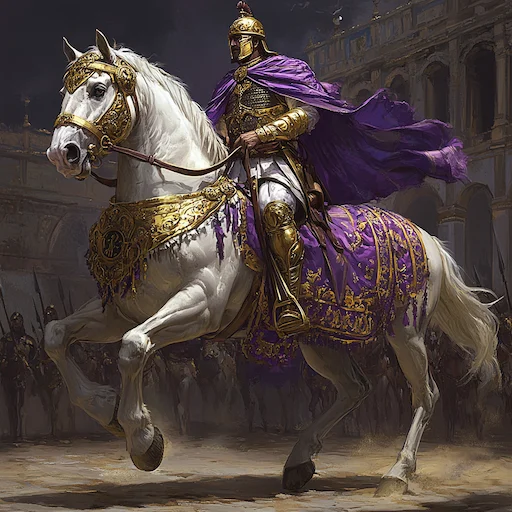
Further Resources
If you’ve enjoyed learning about sacred horses in Roman religion, here are some excellent resources to explore the topic further:
Books for General Readers
- “Horses and Horsemanship in the Roman World” by Ann Hyland – Accessible overview with beautiful illustrations
- “Roman Religion: A Sourcebook” by Valerie M. Warrior – Contains translated primary sources about sacred animals including horses
- “Animals in Roman Life and Art” by J.M.C. Toynbee – Classic work with a chapter on horses in religion
Academic Works
- “The October Horse: A Study in Sacred Symbolism” by Pascal Burgunder – Detailed analysis of this important ceremony
- “Epona: Hidden Goddess of the Celts” by P.B. Ellis – Explores how Romans adopted this horse goddess
- “Horses and Chariots in Procession: Studies in Greek and Roman Religion” by Ruth Stepper – Examines ceremonial roles
Museums with Notable Collections
- The British Museum (London) – Excellent collection of Roman horse equipment with religious significance
- National Roman Museum (Rome) – Features votive horse figurines and religious artifacts
- Römisch-Germanisches Museum (Cologne) – Specializes in Roman frontier culture including cavalry religion
Online Resources
- The Ancient Roman Religion Project (www.romanreligion.org) – Searchable database of rituals including horse ceremonies
- Sacred Animals in Ancient Rome – Free online course by Open University
- The Epona Project – Research group documenting horse goddess worship across the Roman Empire
For Young Readers
- “A Day at the Roman Races” by Claire Throp – Illustrated book explaining the religious aspects of Roman racing
- “Roman Myths and Legends” series by Jacqueline Morley – Includes stories about divine horses
Archaeological Sites Worth Visiting
- Temple of Epona remains (Burgundy, France)
- The Roman Cavalry Fort (Vindolanda, UK) – Features reconstructions of cavalry religious spaces
- Circus Maximus (Rome) – Though mostly ruins, guided tours explain the religious significance
These resources range from beginner-friendly to more specialized, so there’s something for every level of interest. Your local library might have some of these books, or you can find many online!
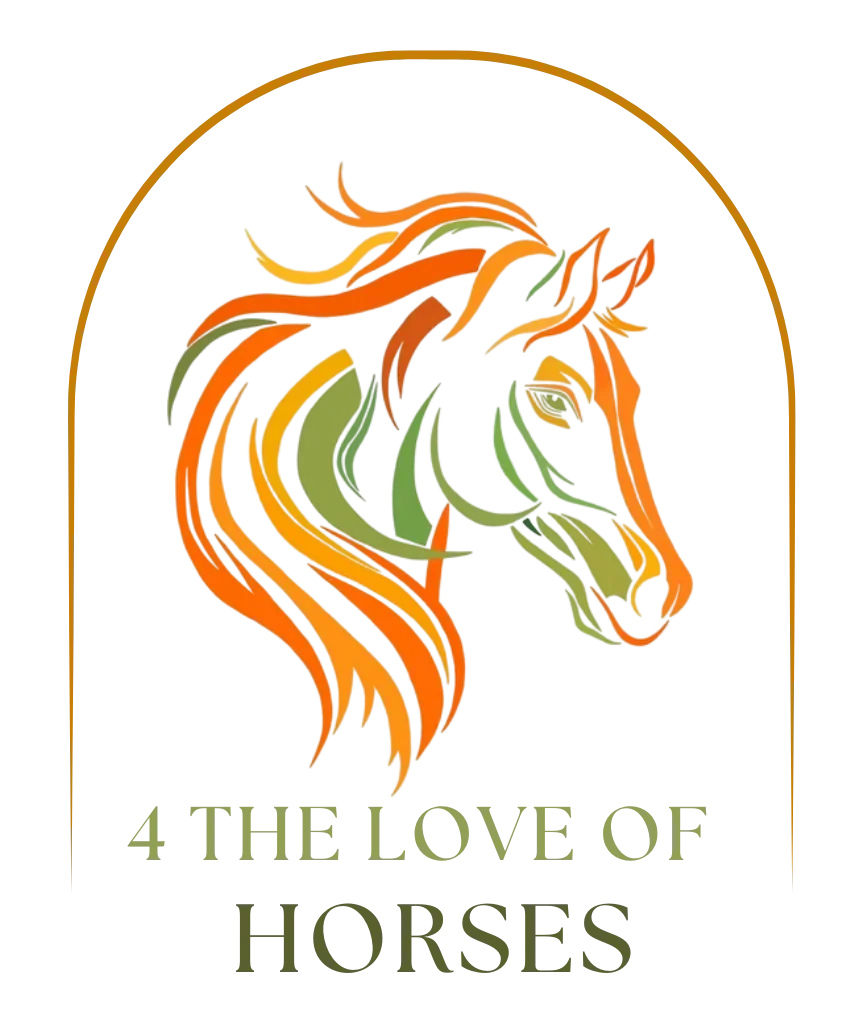

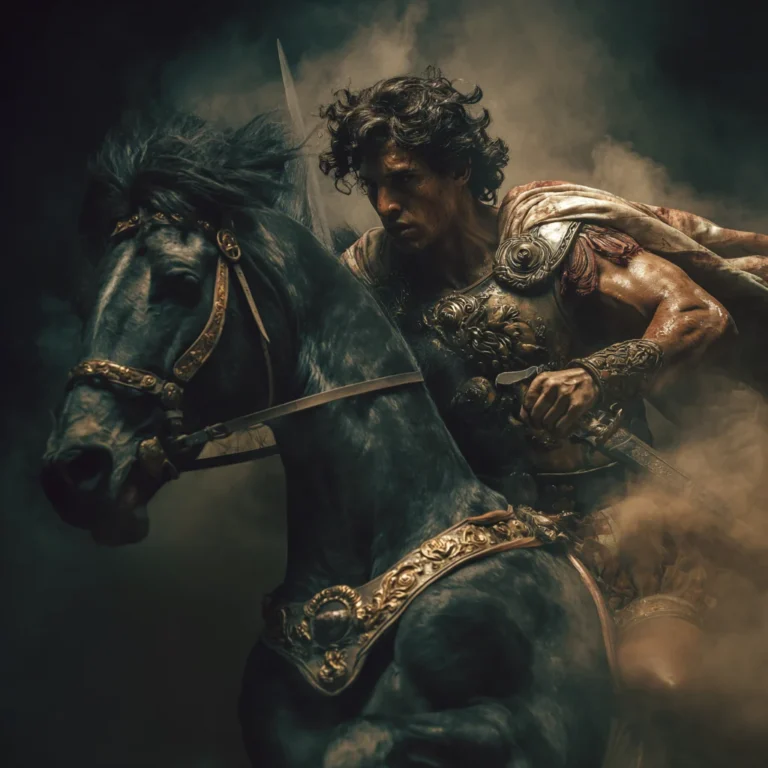
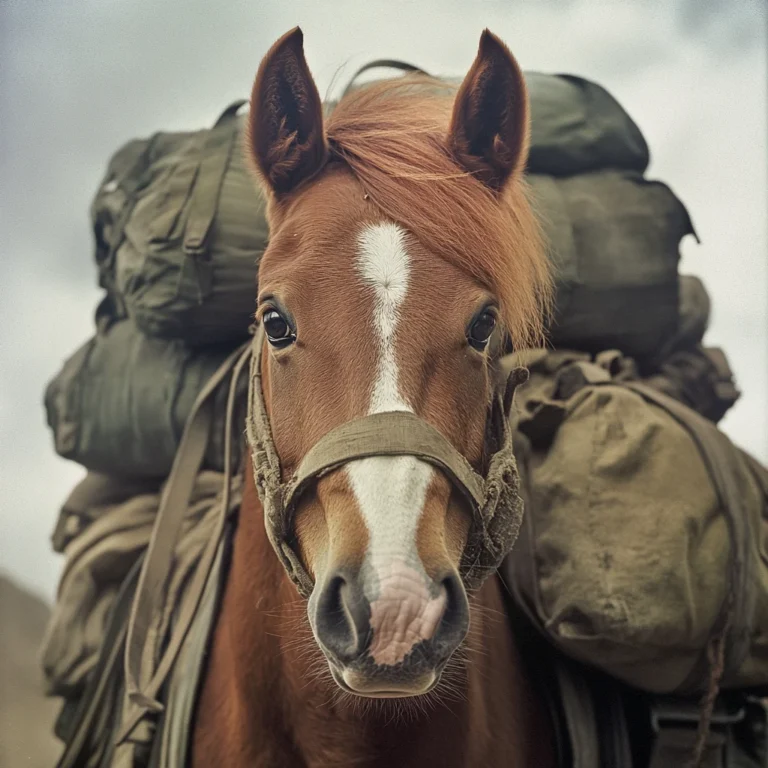
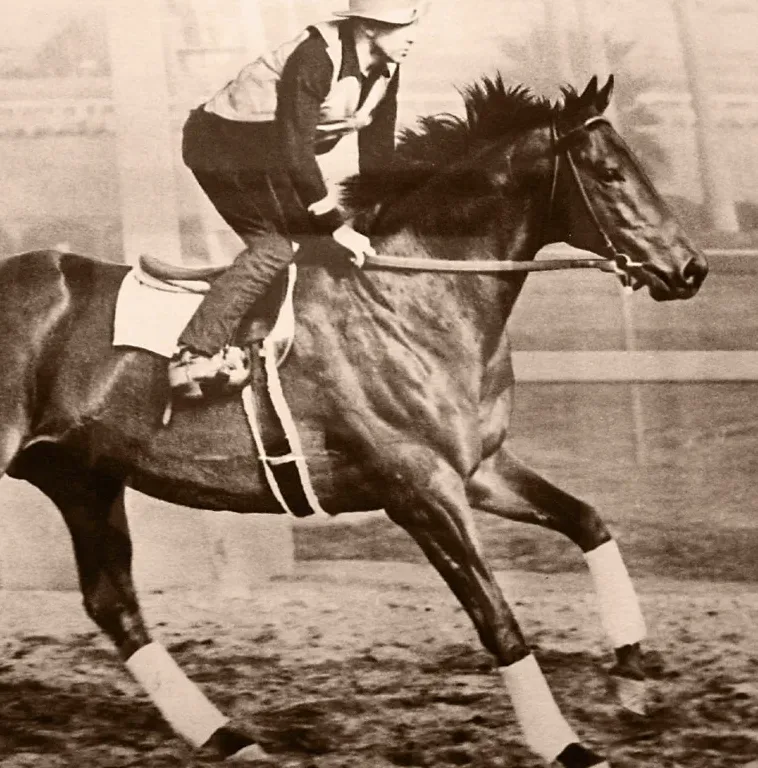


Leave a Reply